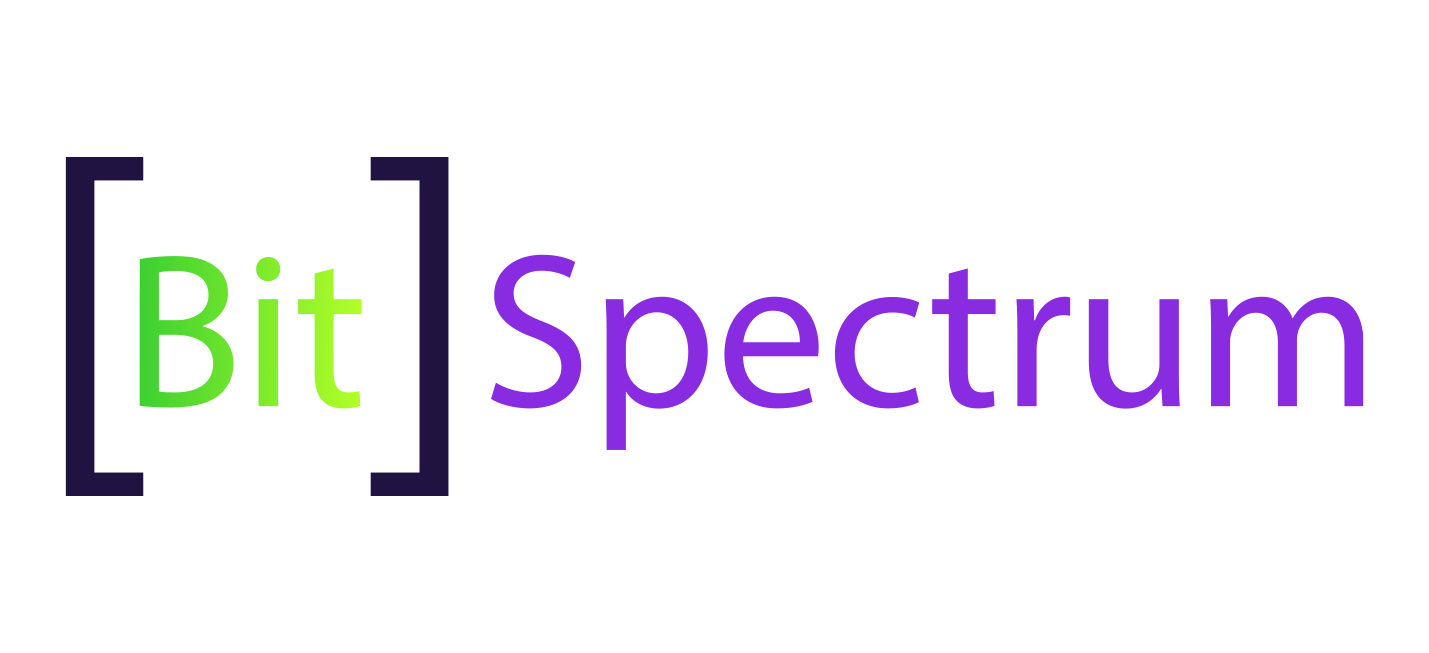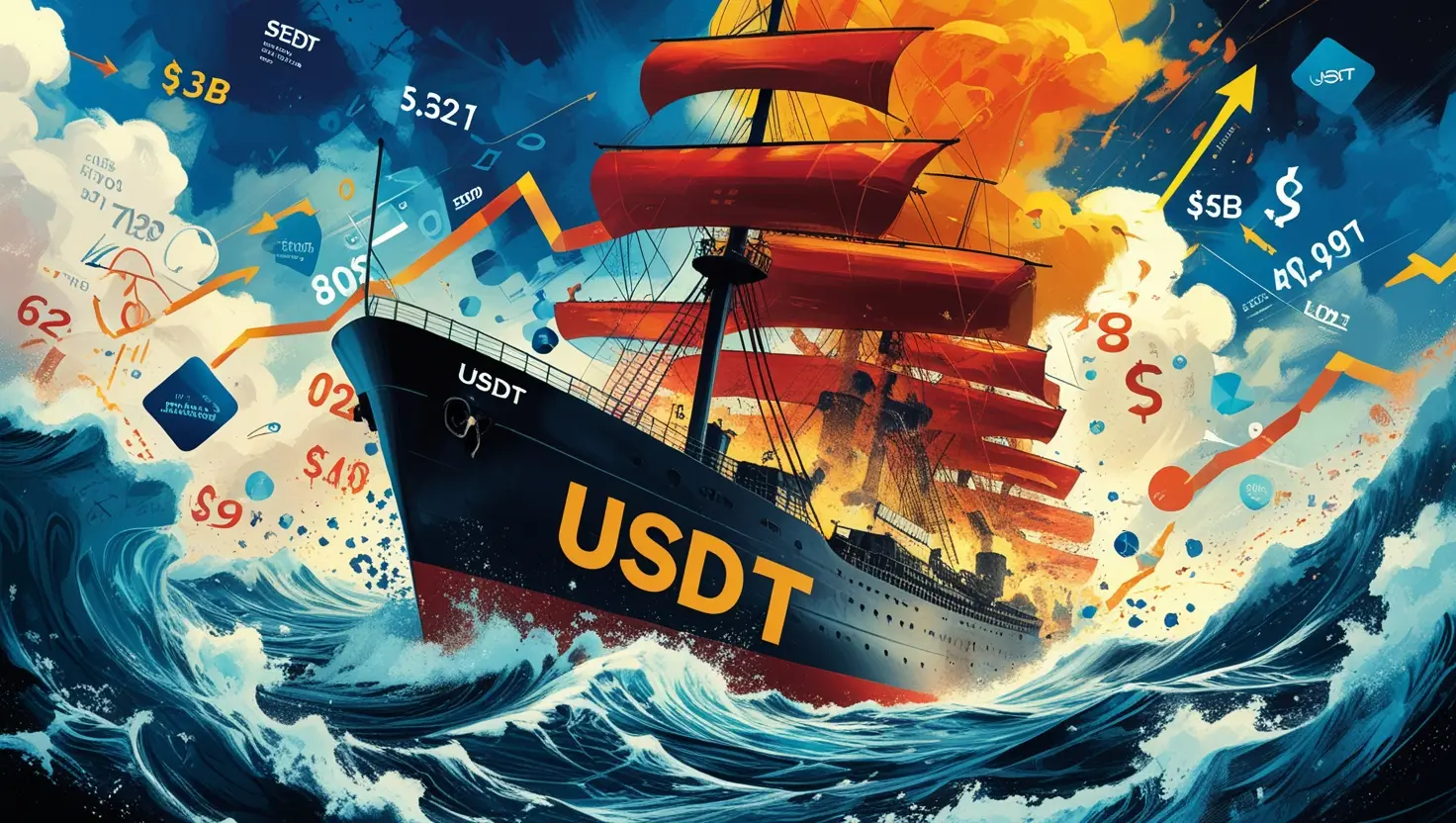The crypto world has seen its fair share of volatility, but every now and then, news surfaces that shakes even the most seasoned investors. This time, Tether’s USDT—a stablecoin often considered a bedrock of the cryptocurrency market—has lost $2 billion from its market capitalization. The reason? The European Union’s newly introduced Markets in Crypto Assets (MiCA) regulation.
What does this mean for stablecoins like USDT? Is the decline a short-term blip or indicative of a more seismic shift in the industry? Read on as we break down the key details, from the significance of USDT in the crypto landscape to how investors can respond to this development.
What is USDT, and Why Does It Matter?
Before we dig into the details, it’s important to understand why USDT is such a vital player in the crypto ecosystem. Launched by Tether, USDT is the world’s largest stablecoin by market cap. Unlike Bitcoin or Ethereum, whose values fluctuate based on market demand, stablecoins like USDT are designed to maintain a 1-to-1 peg with the US dollar.
This feature makes stablecoins critical for traders, allowing them to easily move in and out of the volatile crypto market without relying on traditional financial institutions. With a market cap often exceeding $140 billion, USDT underpins a significant portion of global crypto trading activity.
MiCA Regulation and its Consequences for Stablecoins
The European Union’s Markets in Crypto Assets (MiCA) framework represents the region’s most comprehensive attempt to regulate cryptocurrencies. Scheduled to take full effect by December 30, 2024, MiCA introduces stringent requirements for stablecoin issuers intending to operate in the EU.
Among these requirements are licensing mandates, which appear to have created challenges for Tether’s compliance. Failing to meet these standards, Tether’s USDT has already been delisted from several European exchanges, making it harder for EU users to trade the stablecoin on compliant platforms.
$2 Billion Market Cap Decline
Following the MiCA announcement and subsequent exchange delistings, Tether’s market cap tumbled by $2 billion, dropping from $140.5 billion to $138 billion, according to CoinMarkCap data. This represents the largest decline after a year of steady growth.
Adding fuel to the fire, USDT’s trading value also dipped slightly. At press time, it was trading at $0.997—a two-year low for the stablecoin. For investors relying on USDT’s stability, this development prompted unease and raised concerns over its utility in a post-MiCA EU market.
Reaction from the Crypto Community
Naturally, the crypto community had strong opinions about this development. For some, the drop in USDT’s market cap fueled fears of regulatory overreach and negative consequences for stablecoins. However, others struck a more optimistic note.
Fear, Uncertainty, and Doubt (FUD)
The MiCA-associated news created what some analysts call FUD—fear, uncertainty, and doubt—across the market. Despite this atmosphere, Axel Bitblaze, a prominent crypto analyst, argued that the concerns might be overblown. According to his assessment, the European market makes up only a small portion of USDT’s trading volume—approximately 20%.
Bitblaze also emphasized that MiCA doesn’t outlaw holding USDT in non-custodial wallets or decentralized exchanges. Instead, the regulation focuses on its use in MiCA-compliant exchanges, which may ultimately have limited impact.
Evidence of Resilience
Despite the turbulence, USDT continues to demonstrate resilience. It remains the most traded stablecoin globally, boasting trading volumes higher than the combined activity of the top 10 cryptocurrencies. Additionally, Tether has been proactive in rolling back its EU operations and has reportedly begun investing in MiCA-compliant stablecoins to adapt to this changing regulatory environment.
Tether’s Strategy to Address Regulatory Challenges
Tether isn’t new to regulatory scrutiny. The company has faced—and emerged from—several high-profile crises in the past. Whether it was the fallout from FTX’s bankruptcy in 2022 or allegations of regulatory violations reported by the Wall Street Journal in October, Tether has weathered significant storms with pragmatism.
This time, the company seems to be preparing itself by diversifying its offerings, potentially reducing reliance on USDT in stricter markets like the EU. Such an adaptive strategy could cement Tether’s relevance even amid mounting compliance pressures.
Crypto Portfolio Diversification: An Investor’s Best Bet
As regulatory frameworks around the world tighten, the importance of diversification in crypto portfolios cannot be overstated. For investors looking to reduce risks associated with stablecoins like USDT, here are a few actionable steps to consider:
1. Diversify Stablecoin Holdings
While USDT is the dominant stablecoin, diversifying across other regulated and MiCA-compliant stablecoins (e.g., USDC or DAI) can provide added security.
2. Explore Non-Stablecoin Assets
Cryptocurrencies like Bitcoin and Ethereum remain popular investments and may offer long-term growth potential. Allocating a portion of your portfolio to these assets could balance out stablecoin risks.
3. Stay Updated on Regulations
Understand the regulatory environment in markets where you operate. Knowledge is the best tool to prevent sudden shocks to your portfolio.
4. Engage with Decentralized Finance
Trading on decentralized exchanges (DEXs) or using non-custodial wallets provides a layer of accessibility that is less affected by centralized regulations.
What Lies Ahead for USDT and Crypto Investors?
The $2 billion plunge in USDT’s market cap is a timely reminder that the crypto industry is still maturing. While events like these may rattle investors, they also present an opportunity for market participants to reevaluate their positions and strategies.
Tether, for its part, remains a key player in the global crypto ecosystem and has demonstrated the ability to adapt under pressure. Analysts like Axel Bitblaze suggest that the ongoing FUD around Tether could even be a chance for thoughtful investors to buy into opportunities at a relative discount.
For crypto enthusiasts and skeptics alike, one thing is clear—regulation is here to stay. But with a better understanding of key developments like MiCA, investors can make smarter, more informed decisions in this rapidly changing landscape.

